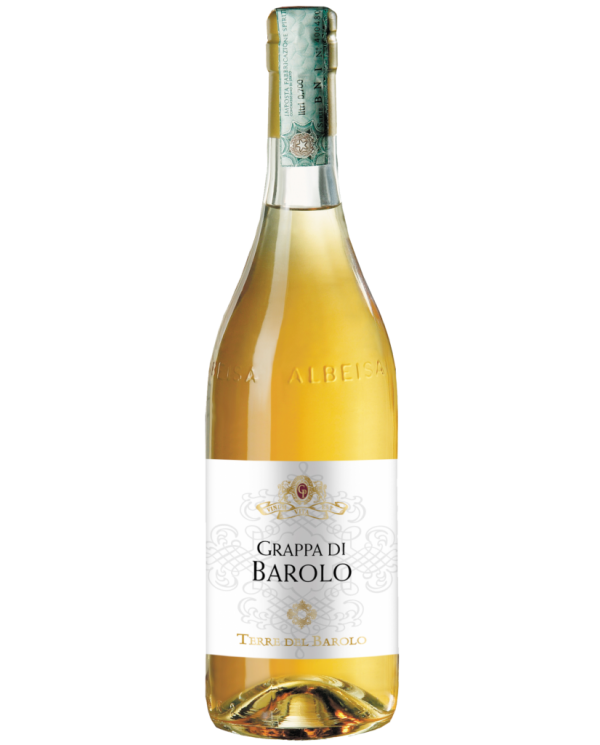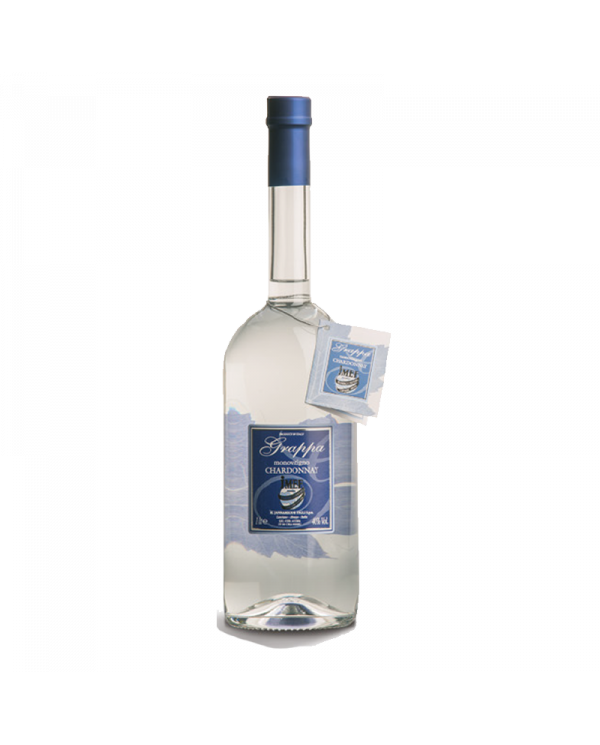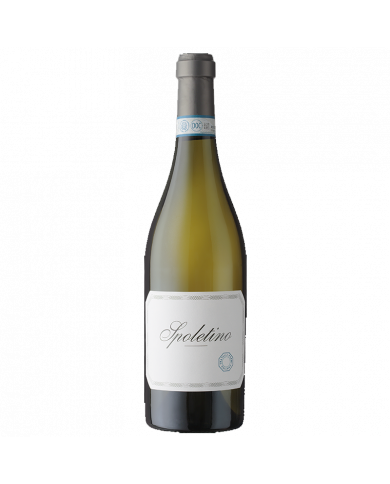Grappa denomination
Grappa is one of Italy's most iconic beverages, celebrated for its unique tradition and craftsmanship. This distilled beverage has a long history dating back centuries and represents a true symbol of the Italian art of distilling. In this article, we'll explore the Grappa denomination, from its history to its varieties and the traditions that make it so special.
The History of Grappa
The history of grappa dates back to ancient times, when Italian farmers and winemakers sought ways to utilize every part of the grape in winemaking. Grappa originated as a way to exploit grape waste, such as skins, seeds, and pomace, which were then distilled to make an alcoholic beverage.
The Origins
The name "Grappa" was first used in the 17th century, deriving from the Italian "grappolo," referring to bunches of grapes. The drink quickly became popular throughout the country, and today it is produced in several Italian regions, each with its own varieties and traditions.
Characteristics of Grappa
Grappa is a distilled beverage that is distinguished by some key characteristics:
Raw Materials
Grappa is made using grape waste left over after winemaking, such as skins, seeds, and pomace. These raw materials give grappa a wide array of aromas and flavors, which can vary significantly depending on the grapes used.
Distillation
The distillation process is fundamental to the production of grappa. The pomace is heated in special stills, separating the alcohol from the rest of the components. The distillation process is carried out with great care to preserve the desired aromas and flavors.
Grappa Varieties
Grappa is produced in several varieties, each with its own unique characteristics. Some of the best-known varieties include:
Moscato Grappa: Made using Moscato pomace, this Grappa has a floral aroma and sweetness.
Grappa di Nebbiolo: Produced from the pomace of Nebbiolo, this Grappa is known for its full body and complex flavours.
Barbera Grappa: Made from pomace from the Barbera grape, this Grappa has a fruity and lively flavor profile.
Traditions and Consumption
Grappa is often consumed as a digestif, served in small glasses at room temperature. It's also a key ingredient in many traditional Italian cocktails. Grappa varieties can be paired with local dishes and cheeses, creating an authentic tasting experience.
The Grappa denomination is an intrinsic part of Italian culture and tradition. Its millennia-old history, unique distillation characteristics, and diverse aromas and flavors make Grappa an exceptional beverage. Every sip of Grappa is a journey through Italy's rich winemaking heritage.
Frequently Asked Questions
What is Grappa? Grappa is an Italian distilled beverage made using grape waste, such as skins, seeds, and pomace.
What are the most well-known varieties of Grappa? Some of the most well-known varieties of Grappa include Grappa di Moscato, Grappa di Nebbiolo, and Grappa di Barbera.
How is Grappa consumed? Grappa is often consumed as a digestif, served in small glasses at room temperature. It can also be used in traditional Italian cocktails or paired with local dishes and cheeses.
What is the origin of the word "Grappa"? The word "Grappa" comes from the Italian "grappolo," referring to the bunches of grapes used to produce the drink.










